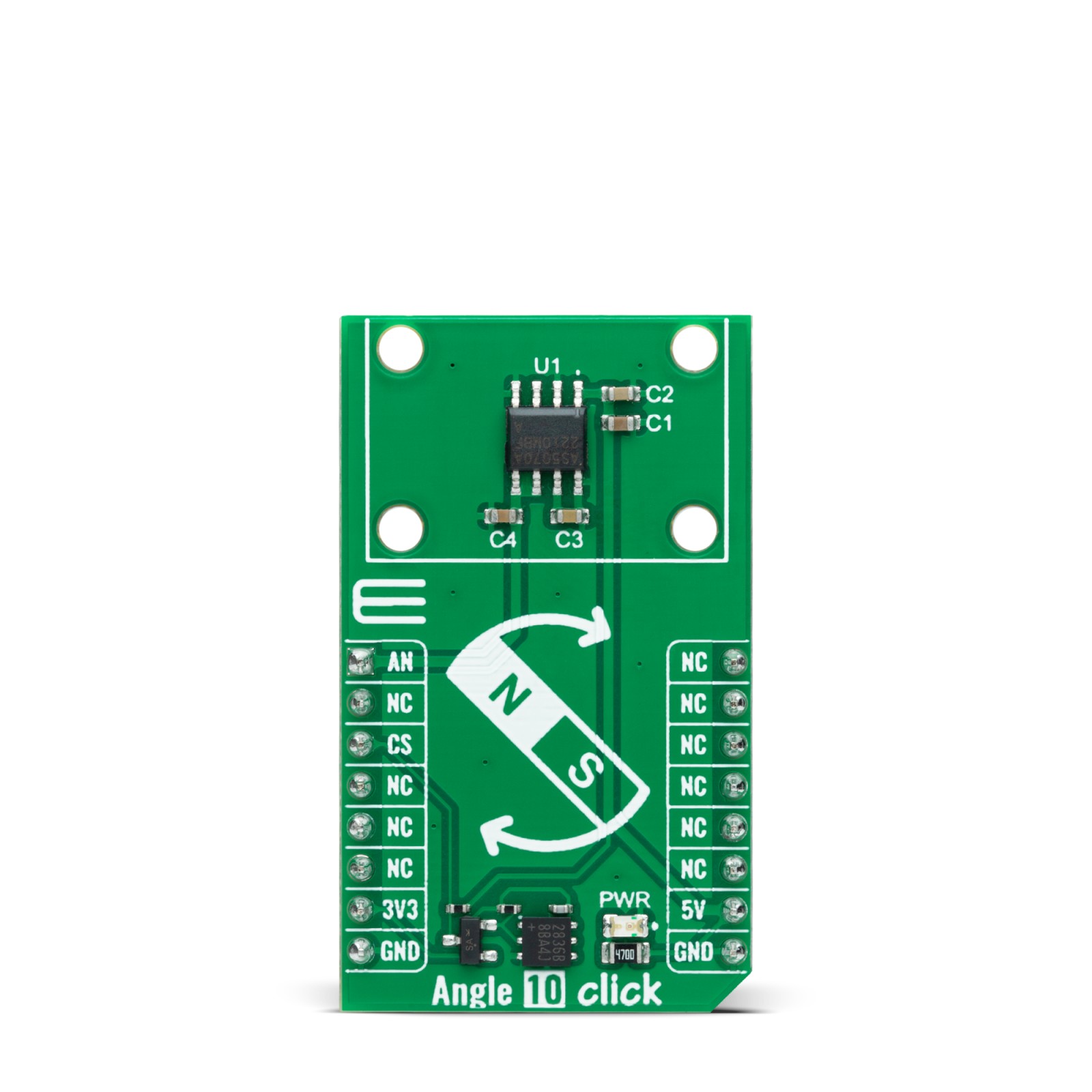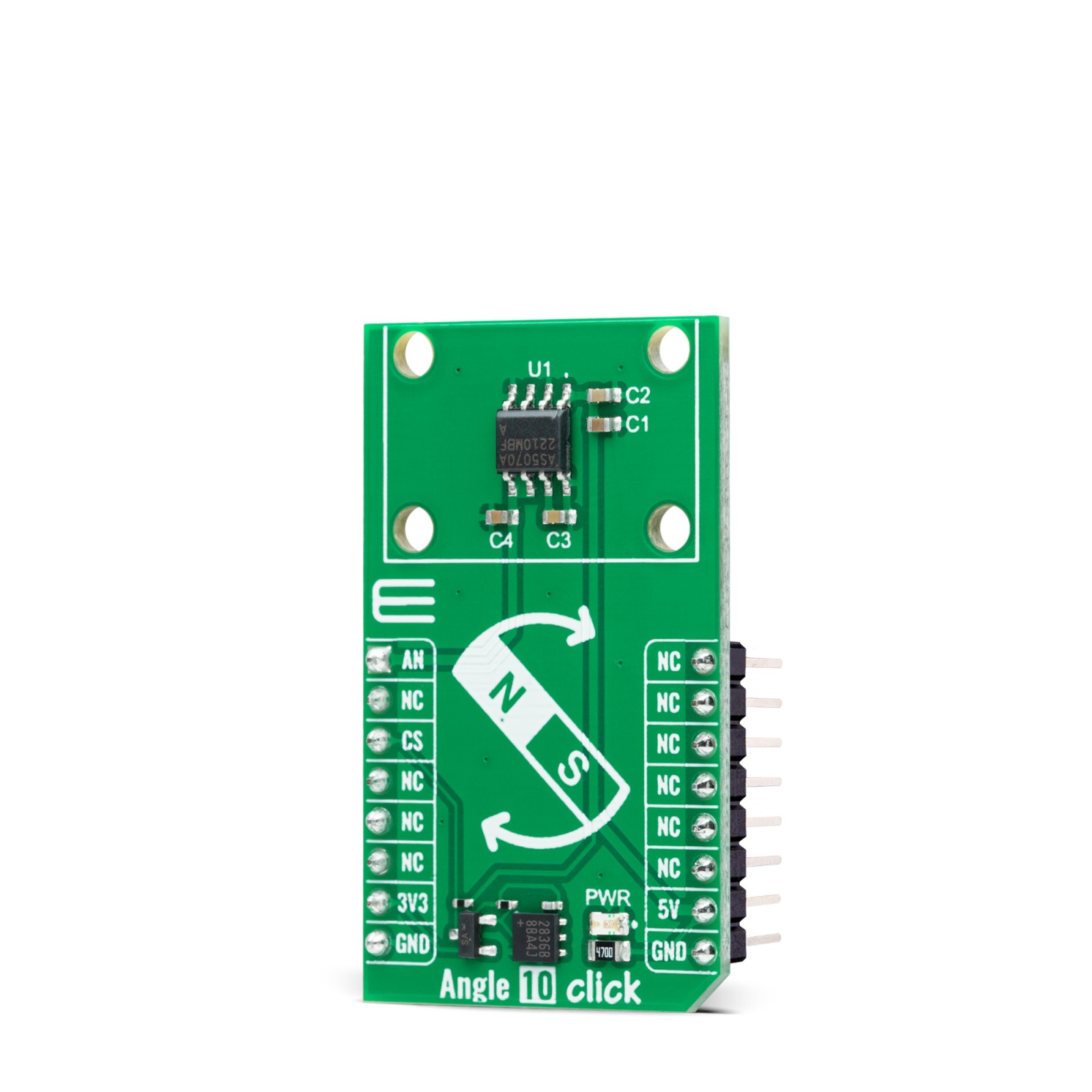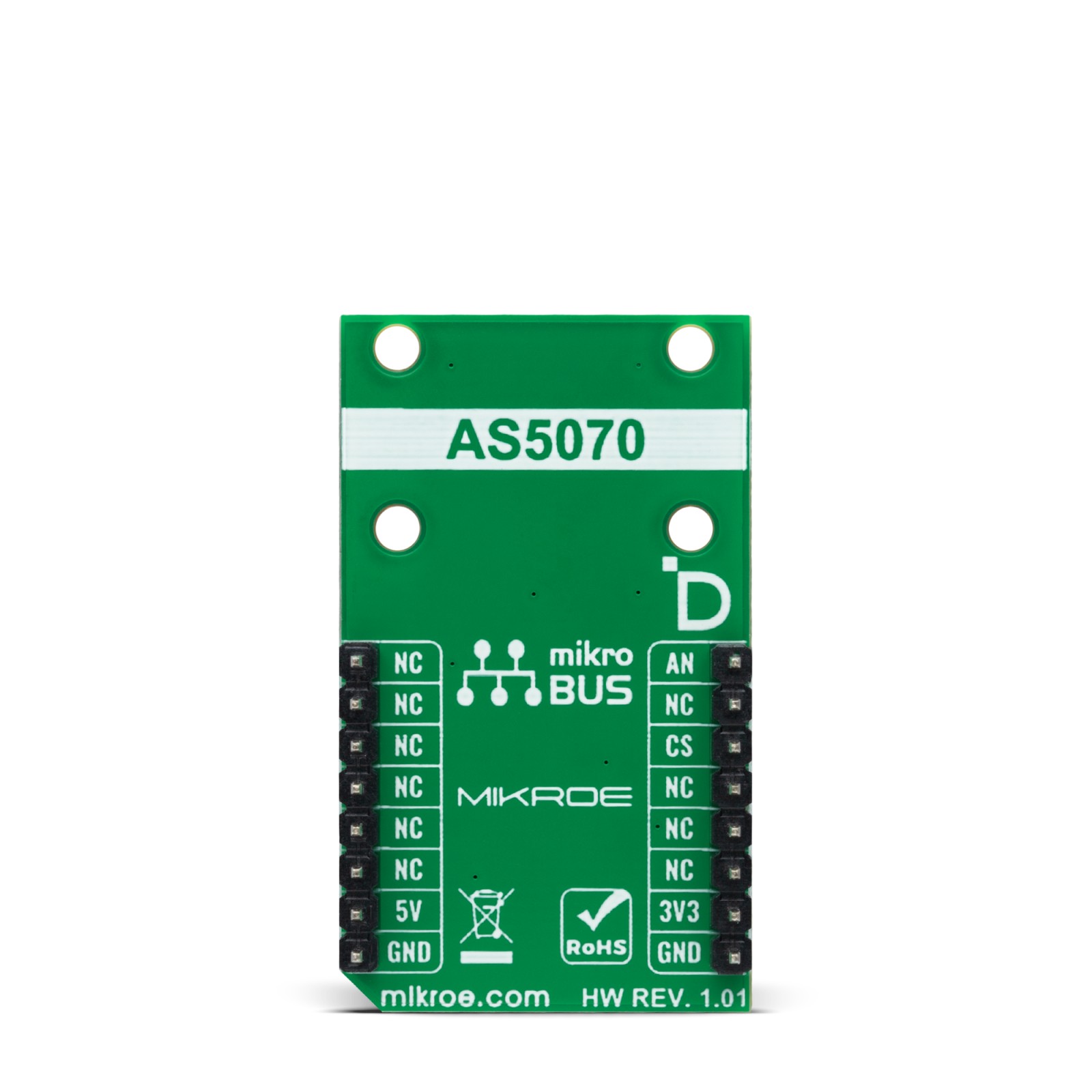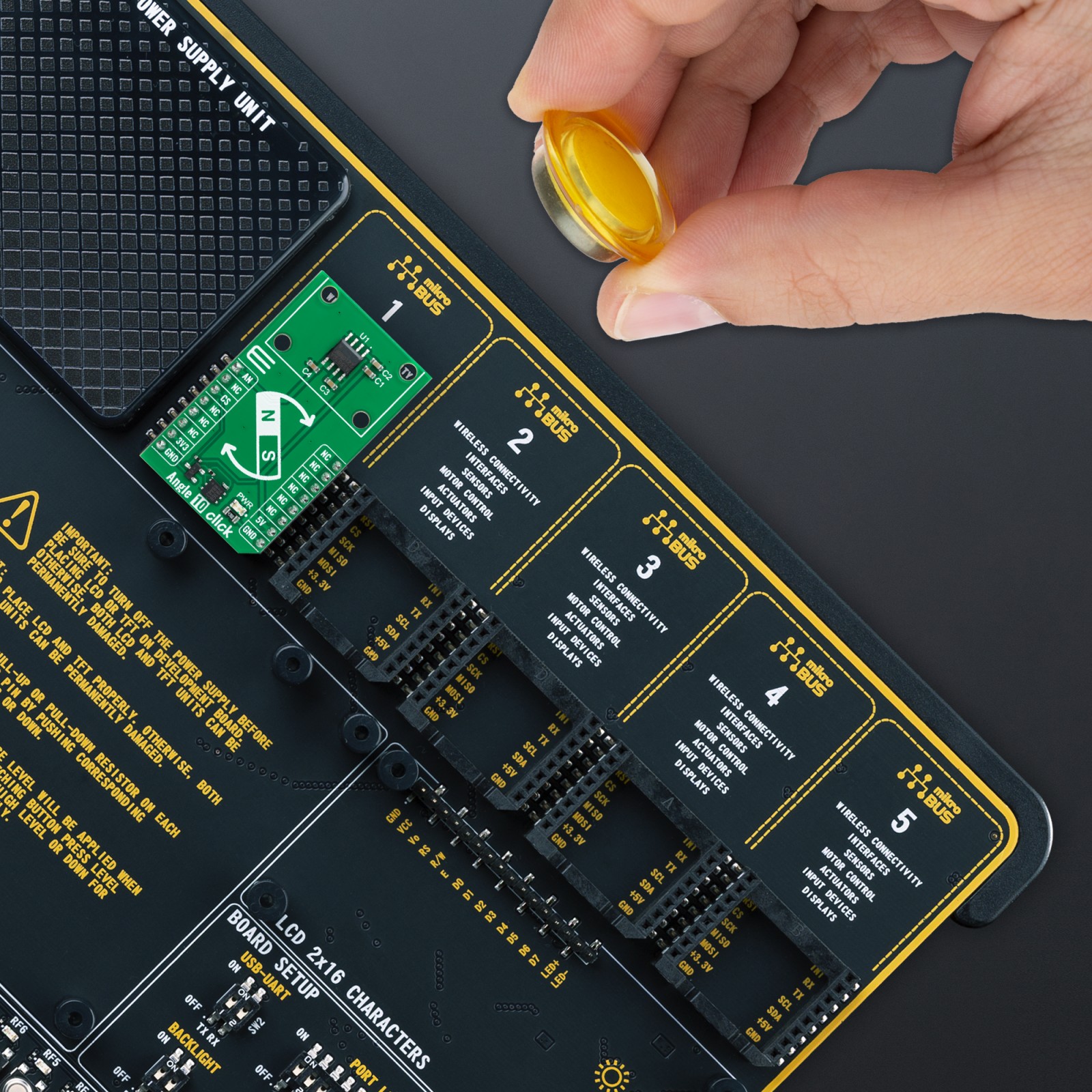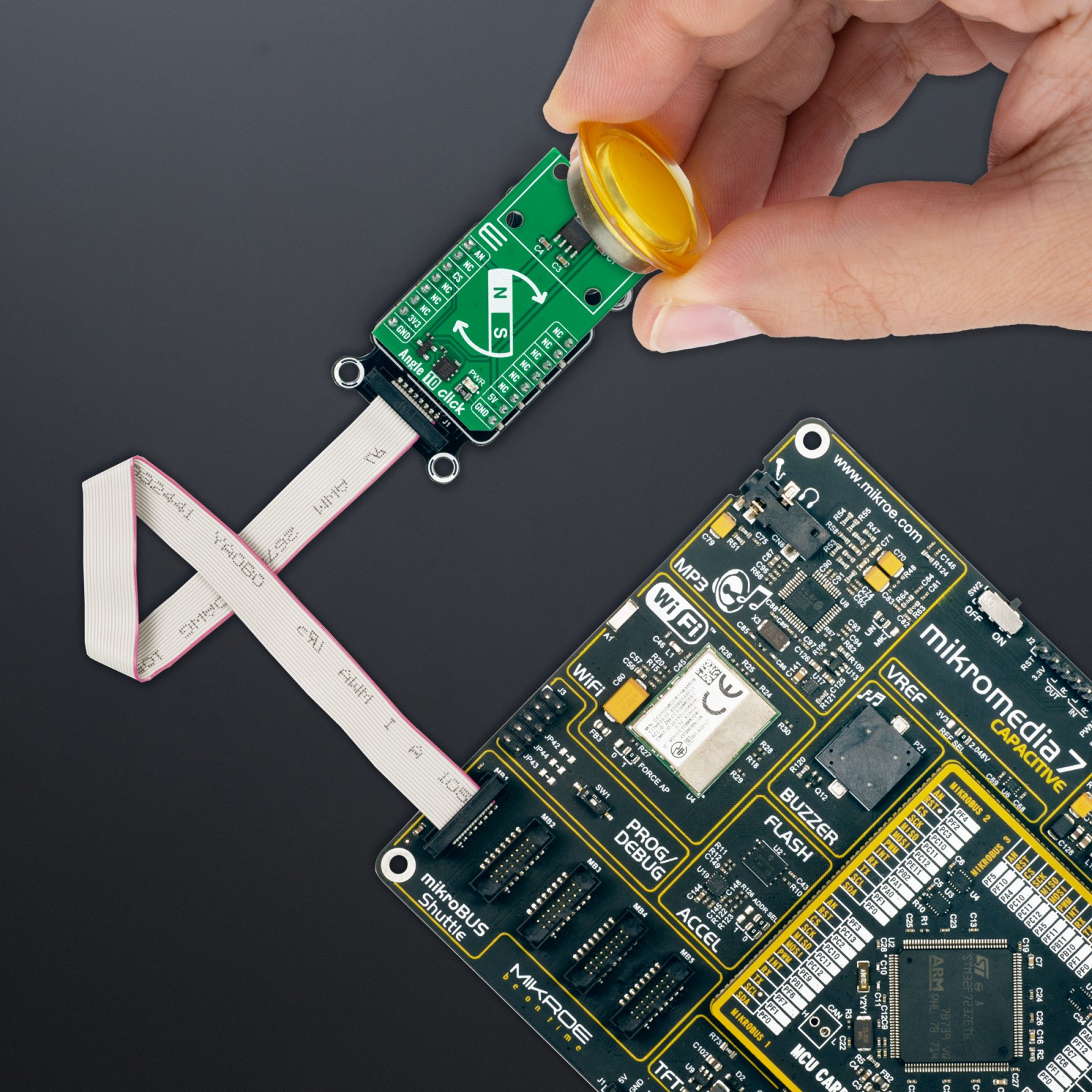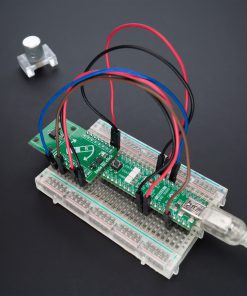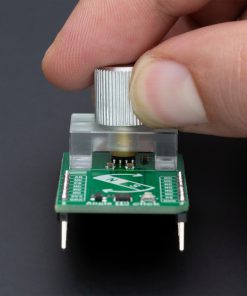-
×
 GSM/GNSS Click
1 ×
GSM/GNSS Click
1 × R1,700.00R1,530.00 -
×
 MPU 9DOF Click
2 × R550.00
MPU 9DOF Click
2 × R550.00 -
×
 MP3 Click
1 ×
MP3 Click
1 × R485.00R436.50 -
×
 4-20mA R Click
1 × R480.00
4-20mA R Click
1 × R480.00 -
×
 BEE Click
1 ×
BEE Click
1 × R800.00R720.00 -
×
 3D Motion Click
1 ×
3D Motion Click
1 × R1,050.00R945.00 -
×
 DAC Click
2 ×
DAC Click
2 × R410.00R369.00 -
×
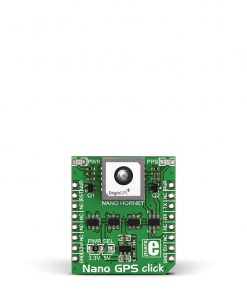 NANO GPS Click
1 ×
NANO GPS Click
1 × R1,300.00R1,170.00 -
×
 Proximity Click
1 × R220.00
Proximity Click
1 × R220.00 -
×
 GPS Click
1 ×
GPS Click
1 × R1,050.00R945.00 -
×
 WiFi Plus Click
1 ×
WiFi Plus Click
1 × R2,250.00R2,025.00 -
×
 Alcohol Click
1 ×
Alcohol Click
1 × R335.00R301.50 -
×
 METHANE Click
1 ×
METHANE Click
1 × R335.00R301.50 -
×
 RTC Click
1 ×
RTC Click
1 × R390.00R351.00
Subtotal: R11,302.50

